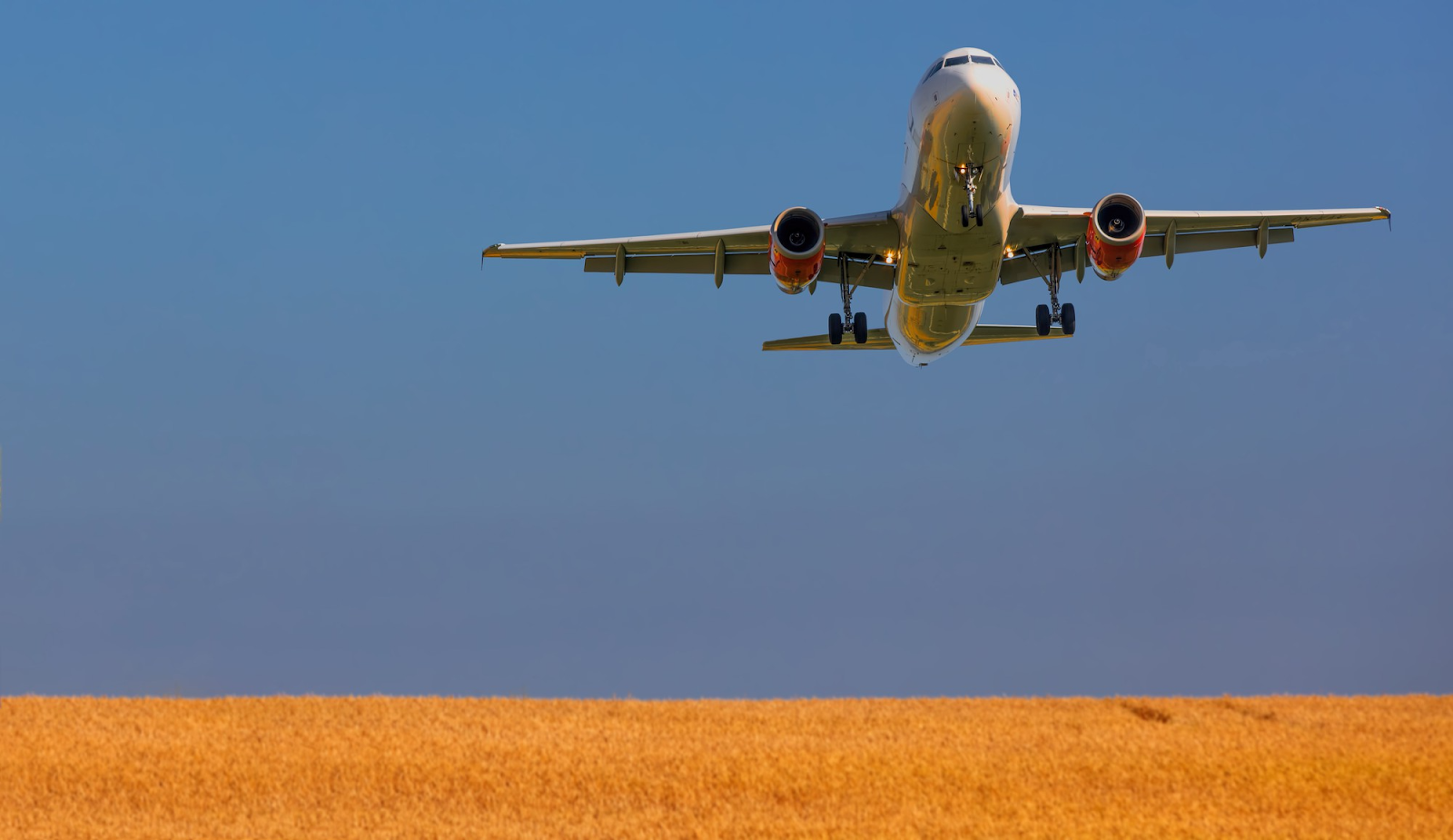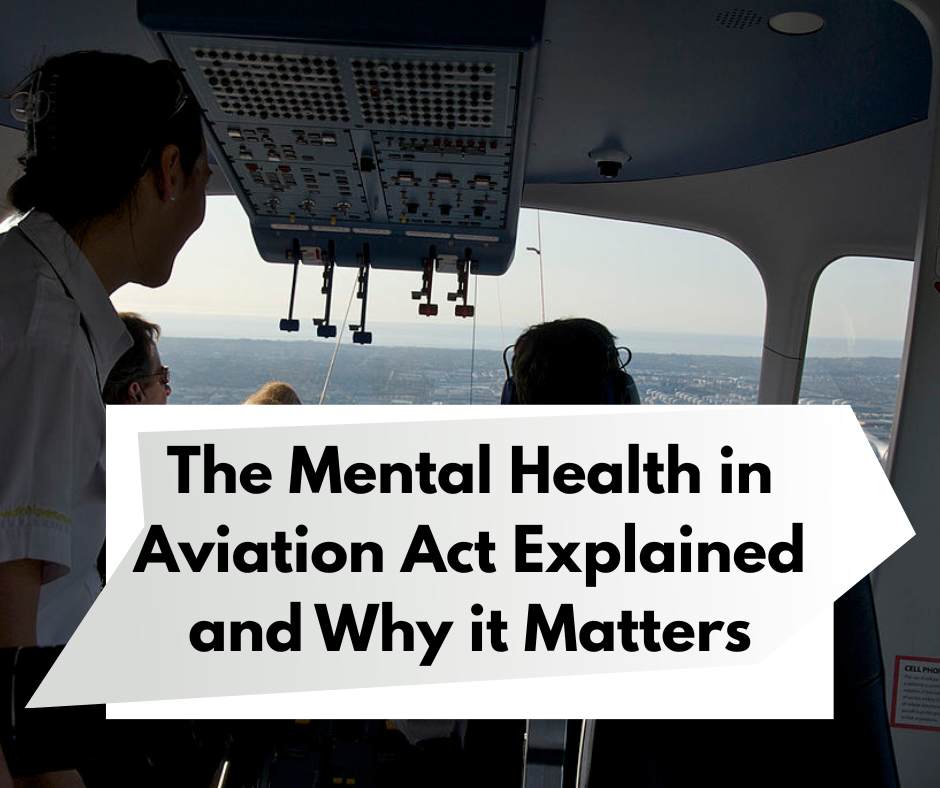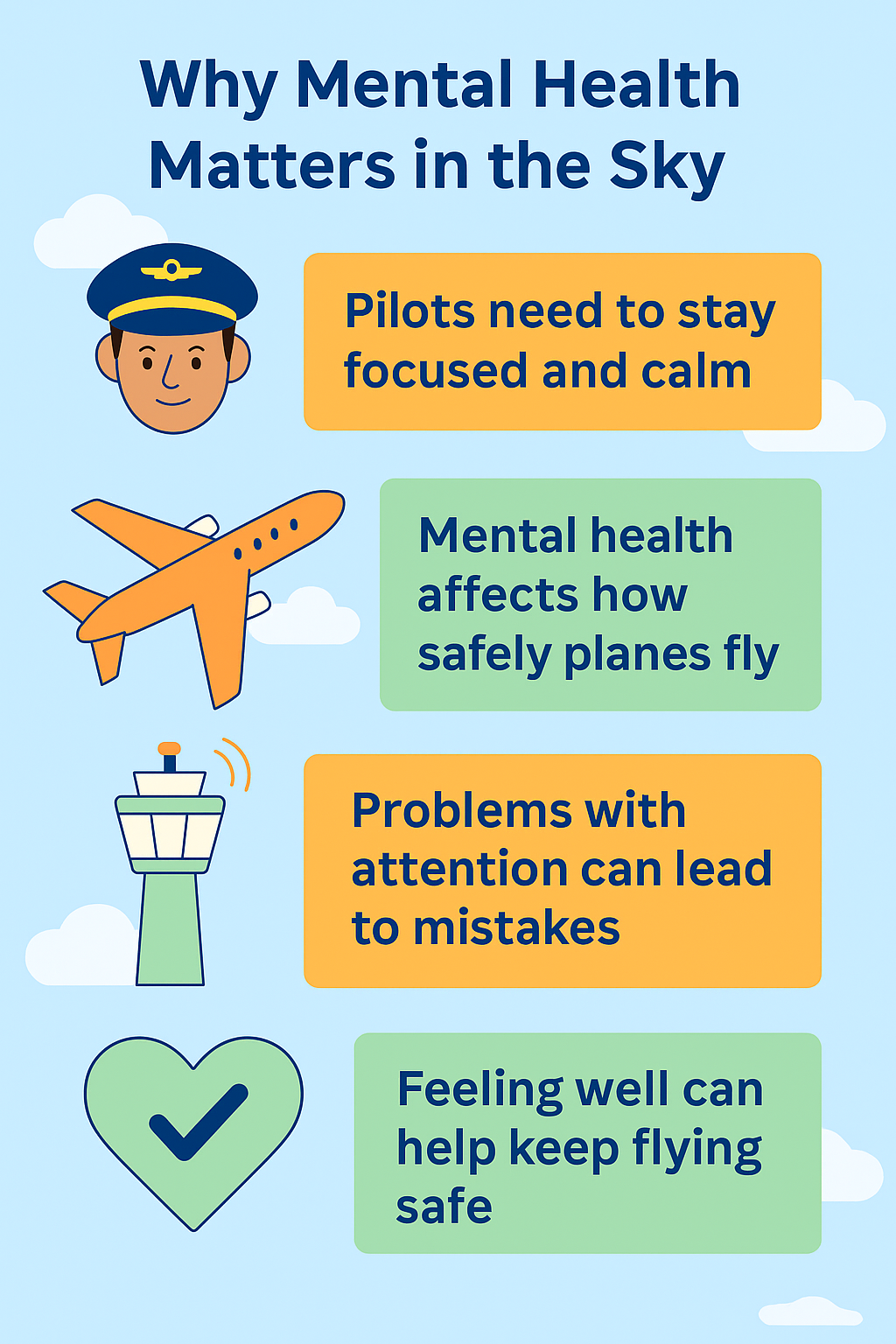Discover insights, tips, and stories from the skies — from aircraft buying guides to pilot training.






Published: August 12, 2025
The Mental Health in Aviation Act is shaping how flying stays safe and fair for the people who keep planes in the air. It matters because rules about health affect every pilot and every controller who works to protect travelers.
When leaders in Congress passed the Aviation Act of 2025, they sent a message that mental well-being belongs in aviation safety. This law brings change to the Federal Aviation Administration and to the way it handles medical rules.
Let’s see why this matters for the people who guide planes and the people who fly them.

Flying is demanding work. The cabin may look calm to passengers, but the cockpit is filled with constant focus, quick thinking, and responsibility. For pilots and air traffic controllers, staying mentally sharp is as important as staying physically fit. Clear thinking helps them handle long hours, sudden changes in weather, or emergencies.
When mental health struggles go untreated, it can affect reaction times, judgment, and focus. For example:
Both situations show why mental well-being is tied to flight safety.
Studies in 2024 showed that a number of aviators quietly struggle with depression and even thoughts of self-harm. Many fear losing their jobs if they admit these struggles. This fear keeps some from seeking help.
The Aviation Act of 2025 tries to break down these barriers. It requires the FAA to revise old rules so that people can safely seek mental health care without as much fear. By supporting mental health openly, the law makes aviation safer for everyone.
The Federal Aviation Administration has always worked to keep the skies safe. One way it does this is through the aviation medical system. This system sets the health standards for anyone who wants to fly or control air traffic.
Every aviator must pass a medical certification exam. These exams are handled by trained aviation medical examiners. The goal is simple: make sure pilots and controllers are healthy enough to handle the job.
Sometimes a person does not meet the standard right away. In those cases, the FAA uses the special issuance process. This process looks at each case one by one. If the condition can be safely managed, the FAA gives a special issuance so the person can keep working.
In 2025, the law directs the FAA to require the FAA to expand reviews and improve how it handles these cases. Congress wants the FAA to:
This connects directly to the aviation medical clearances aviation rulemaking that grew out of a rulemaking committee in 2024. That medical clearances aviation rulemaking committee said many rules needed to change so pilots can get help faster.
Even with systems in place, many people in aviation fear speaking up about their struggles. Pilot mental health is a sensitive subject because careers can be on the line.
Some aviators worry that saying they need mental health care will mean losing their license or job. This makes them hide their struggles, which can make problems worse.
After a high-profile case in 2023, pressure grew to look at how mental health is handled in aviation. The House of Representatives responded by moving the Mental Health in Aviation Act forward with a voice vote. Leaders like Sean Casten and Pete Stauber worked together in a bipartisan way to make this happen. The transportation and infrastructure committee also pushed for reforms.
Groups like the National Transportation Safety Board and aviation unions explained that better systems were needed. The special issuance process was slow. The rules were old. Some medicines that could safely help people were still blocked. This made many avoid care.
By requiring updates, the Act tells the FAA to modernize its system. It makes sure experts, doctors, and pilots all have a voice. It tells the FAA to listen, to improve, and to give fair options to people who want to work and be safe. Most importantly, it gives confidence to pilots and controllers that they can seek mental health care without fear of unfair punishment.
The Mental Health in Aviation Act is a new law that helps bring change to the way the U.S. handles mental health in aviation. It focuses on safety and fairness for aviation professionals like pilots and controllers. The law responds to long-standing concerns in the aviation community that rules for medical checks made it hard for people to be honest about their struggles.
This Act is often called a pilot mental health bill because it highlights how important it is for those in the cockpit and control tower to be supported. The goal is simple: make it easier to get help, and keep flying safe.
There has been growing concern that old medical rules created barriers to care. Many people feared that talking about depression, stress, or therapy could lead to losing their license. That fear kept some from seeking help. Leaders in Congress saw the problem and decided to act.
By moving forward as a bipartisan legislation, Congress showed that both sides agreed: mental health in aviation must be handled better.
The law sets clear steps for the Federal Aviation Administration. It says Congress will require the FAA to make changes within two years. These changes include updates to medical rules, more training, and more clear information.
Here are some of the main parts:
This set of rules ensures that the FAA will move forward instead of leaving the old system in place.
The law also invests in public education. A public information campaign will be created to reduce stigma and encourage honesty. The idea is to run a pilot mental health campaign that tells people it is safe to talk about their health.
The Act also calls for a campaign to reduce the fear of professional repercussions. That means pilots and controllers should feel confident to seek help without fear of losing their jobs unfairly.
This kind of outreach is important because it shows the aviation community that mental health is a shared priority, not a private burden.
The law was shaped by experts and groups within the aviation industry. The Air Line Pilots Association, the National Flight Training Alliance, and other groups pushed for reform. They explained how older rules discouraged mental health disclosures and slowed access to care.
The aviation workforce mental health panels also gave direct advice. They worked closely with lawmakers after the FAA Reauthorization Act of 2024 required a deeper review of health rules. Their reports showed how mental health and aviation medical systems could be updated to match modern science.
In addition, safety organizations like the National Transportation Safety Board recommended improvements. They wanted rules that protect both safety and fairness.
A major focus of the Act is on mental health-related special issuance cases. This is where a person with a condition may still be approved to fly or control traffic if doctors and regulators agree it is safe. In the past, this process took too long and caused financial stress.
With the new law:
This means people who need mental health treatment will have a fairer chance to stay in their jobs.
The aviation workforce is under stress. Travel has grown, staff shortages have appeared, and the work has not gotten easier. Strong rules are needed to keep people safe and healthy.
The Act connects many pieces:
By pulling all these parts together, the Act shows that leaders are serious about fixing old problems.
Passengers may never see these medical rules, but they matter. A pilot who can safely get care is a pilot who can keep flying. A controller who feels safe speaking up is a controller who can stay focused on the job.
This Act builds trust across the aviation community. It makes the system more open, more fair, and more focused on safety. It also gives hope that the old fear of losing everything after asking for help will begin to fade.
The Mental Health in Aviation Act goes beyond a law on paper. It is a shift toward safer skies and healthier crews.
The pilot mental health bill is about safety, fairness, and support. Through this bipartisan bill, the aviation industry shows it understands the challenge. The Act sends a clear message: the U.S. values safety and also values the people who make flying possible.
It brings needed updates to the FAA, helps aviation medical examiners do their jobs better, and makes it easier for people to get help when they need it. By reducing fear and speeding up the special issuance system, it makes flying safer for all.
Want to keep up with the latest in aviation, safety, and policy? Visit Flying411.com today!
It updates FAA rules to make it easier and safer for pilots and controllers to get mental health support.
The Act has bipartisan support, with leaders like Sean Casten and Pete Stauber backing it.
It’s a case-by-case approval that lets pilots or controllers work even if they have a health condition, as long as it is safely managed.
Events in 2023 and recommendations from experts in 2024 pushed Congress to act quickly.
The FAA must revise old rules, recruit more doctors, and improve training and processes for faster, fairer medical decisions.